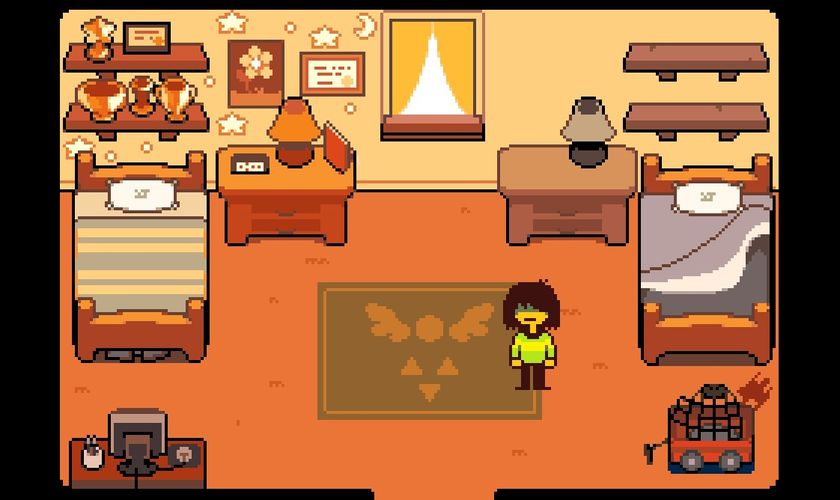Ten trailblazing years of World of Warcraft
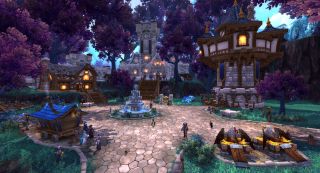
Alex Afrasiabi, lead world designer of World of Warcraft, remembers a betting pool forming at Blizzard in the months leading up to the legendary MMO’s launch in 2004. The bulk of the office seemed confident they could reach around 350,000 subscribers, while others thought they’d be ‘lucky’ to reach 500,000. “Someone had said something like 700,000 and I think everyone laughed that guy out of the office,” Afrasiabi says. “They were like, ‘You’re crazy! That’ll never happen!’ We had no idea.”
Afrasiabi, perhaps best known to WoW’s millions as Furor, won’t reveal the name of the optimistic developer, but it’s a safe bet to assume he had the last laugh. Subscriber numbers reached a peak of 12 million upon the Chinese launch of 2010’s Wrath of the Lich King expansion, and they’ve chugged along at a healthy number despite a much-publicised dip in the years afterward. After ten years of existence, World of Warcraft has achieved a level of cultural prominence that few games can even hope to reach, and its outlook seems healthy for the decade ahead. And now, on the eve of its fifth expansion, its developers are taking the time to reflect on where they’ve been and where we’re going.
It’s impossible to talk about early World of Warcraft without talking about EverQuest. Sony Online Entertainment’s 1999 game showed there was promise in the genre, and that it could lure in people by the thousands if handled properly. Indeed, a number of the early World of Warcraft team suffered from addictions to ‘EverCrack’.
Whenever we've tried to shift the audience, it's been a mistake."
Tom Chilton, World of Warcraft game designer, recalls that the eventual WoW team was originally assigned to a post-apocalyptic squadbased game called Nomad, but they always struggled to “find the fun.” “A lot of people on the team at the time were playing Ultima Online and EverQuest, and we were actually more interested in doing that,” he says. “And so we said we think we could do a better job of that than what we’re doing right now.”
And so Nomad died, and World of Warcraft began took its baby steps into development. No one among the 65-odd people involved with the project had worked on an MMO before, and they struggled to fill in the blanks left by EverQuest in an effort to design a game that everyone would want to play. To Afrasiabi, every one of those first steps felt like blazing a trail.
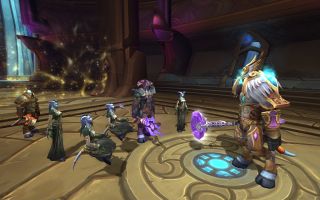
EverQuest really didn’t have quests despite its name, he recalls, aside from some hidden objectives that “you had to put a lot of effort into for very little reward.” In World of Warcraft, however, quests became, in Afrasiabi’s words “the main driving force of getting players around in the continents.” That was but one of the many changes to come.
“I remember the first time I saw anything from WoW, Jeff Kaplan was showing me around the office before the closed alpha, and he was showing me a priest doing mind control,” says Afrasiabi. “Now we go, ‘Yeah, of course they do that.’ But back then, that was unheard of. That blew my mind, and that kind of opened up the floodgates as to what we could do with the class system.’”
The biggest gaming news, reviews and hardware deals
Keep up to date with the most important stories and the best deals, as picked by the PC Gamer team.
At the heart of World of Warcraft’s early design lay a classically Blizzard imperative to let other people join in on the fun. Afrasiabi remembers the nights when team members would stay up all night raiding in EverQuest, and they wanted other people to be able to enjoy what they were experiencing without the weight of that game’s ultra-hardcore mentality. “And that leads to the core of what WoW is, right? An accessible fantasy RPG game that you can play with your friends, family, strangers—you name it.”
It’s an idea that people latched onto quickly; even the popularity of the open beta stunned Blizzard. On its first day, Blizzard sold 240,000 copies, more than any other PC game in the US until then, and The Burning Crusade’s 2.4 million copies sold in one day shattered that record. For most of its early history, World of Warcraft’s subscription numbers continued to climb to nearunimaginable heights, and prognostications of doom and gloom immediately followed in 2010 when those numbers started falling for the first time. But according to Brian Holinka, World of Warcraft’s senior PvP designer, who first came to Blizzard a little over a year ago, Blizzard doesn’t worry about such numbers as much as the world outside seems to think.
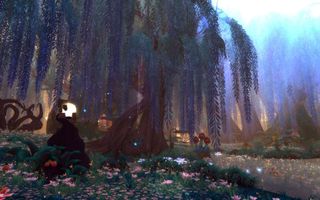
“On a daily basis, nobody’s really spending a lot of time paying attention to subscriber numbers,” is what Holinka tells me. “We’re trying to make the best game all the time, and I know that sounds like total PR cliché, but I’ve never been confronted with a design decision where somebody was like, ‘Yeah, we did that, and everyone stopped subscribing.’”
The company does worry about the what the community has to say however, although the suggestions from that community haven’t always been as helpful as it would like.
“Whenever we’ve tried to shift the audience or a particular type of content, it’s been a mistake,” says Ion Hazzikostas, World of Warcraft’s lead encounter designer. He particularly remembers the latter months of Wrath of the Lich King, when he and other members of the team started paying special attention to complaints that the dungeons and raids had become too easy. And so after asking themselves if that was true, they brought back a heavy emphasis on crowd control spells and abilities in dungeons and raids for the first few months of the Cataclysm expansion. Hazzikostas didn’t call it such, but he clearly thinks the decision was something of a disaster. “Some players embraced it and loved the difficulty,” he says, “but it also alienated many players who were accustomed to being able to succeed in a more casual environment.” He and the team took it as a learning experience.
“We’ve found that the better way to go is to broaden the approach rather than shifting it—to make our umbrella larger so we can accommodate other playstyles,” he says. World of Warcraft partially accomplishes that through its multiple difficulty modes in raiding environments, which allow casual players to fight most of the bosses in simplified form or hardcore players to fight under conditions unheard of in the simpler raids of WoW’s early days. That’s been the case for a while, but Warlords of Draenor will go so far as to allow players to make flexible raids consisting of 10 to 25 players with content that automatically scales according to the number of players involved.
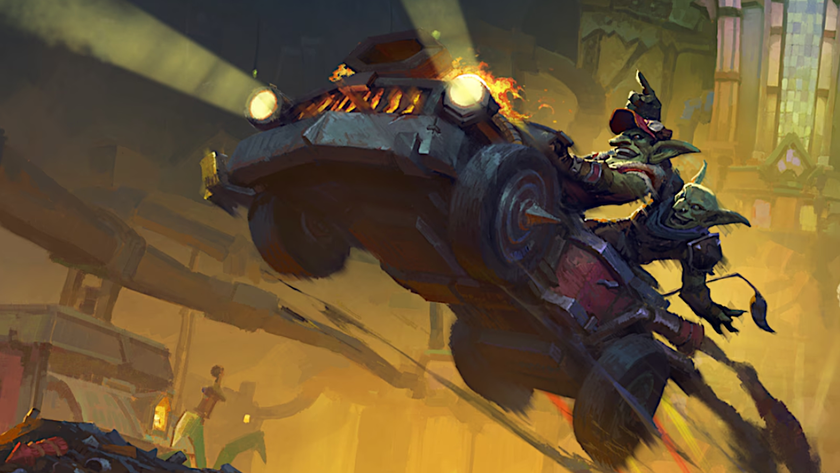
WoW next big patch, Undermine(d), gets a release date, starting the countdown clock until my gaming time is entirely consumed with doing donuts in my new ride

Bobby Kotick says he'd never have raised World of Warcraft's subscription by even a dollar because 'it's a prickly audience, you don't wanna do too much to agitate them'
Most Popular






